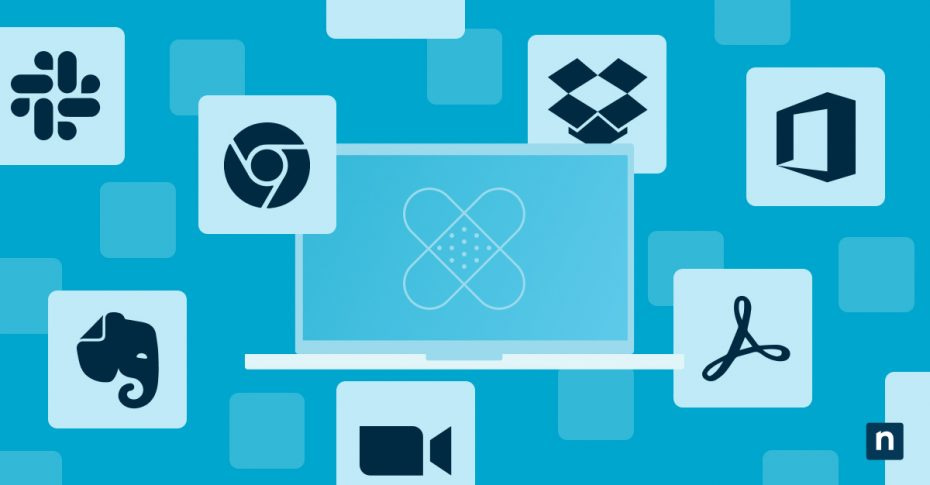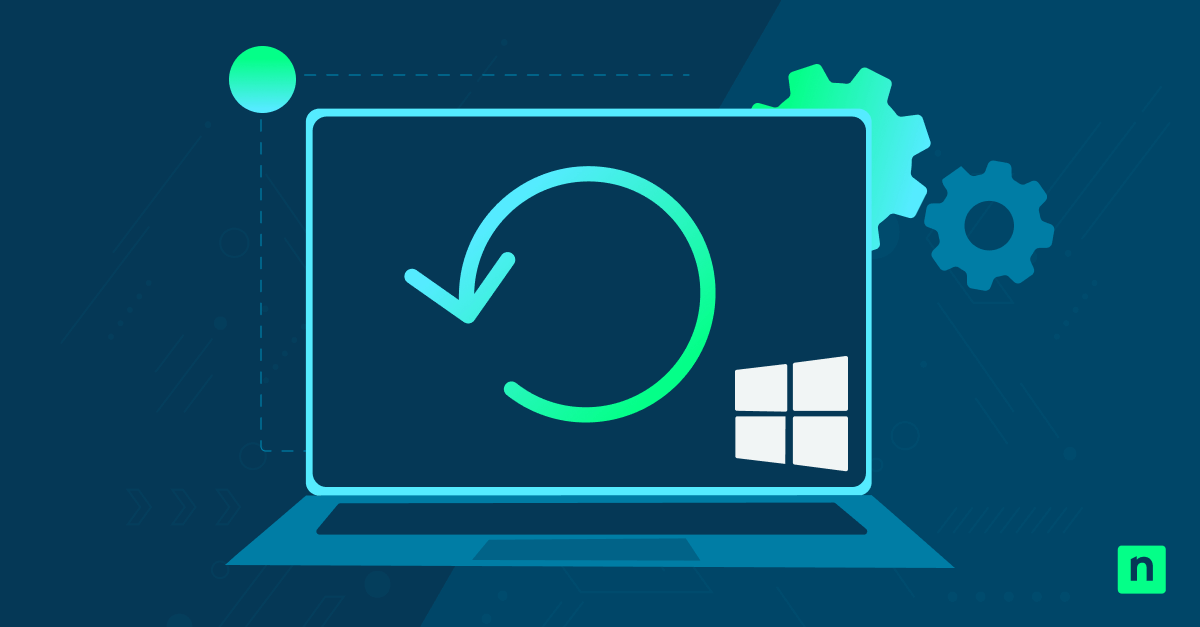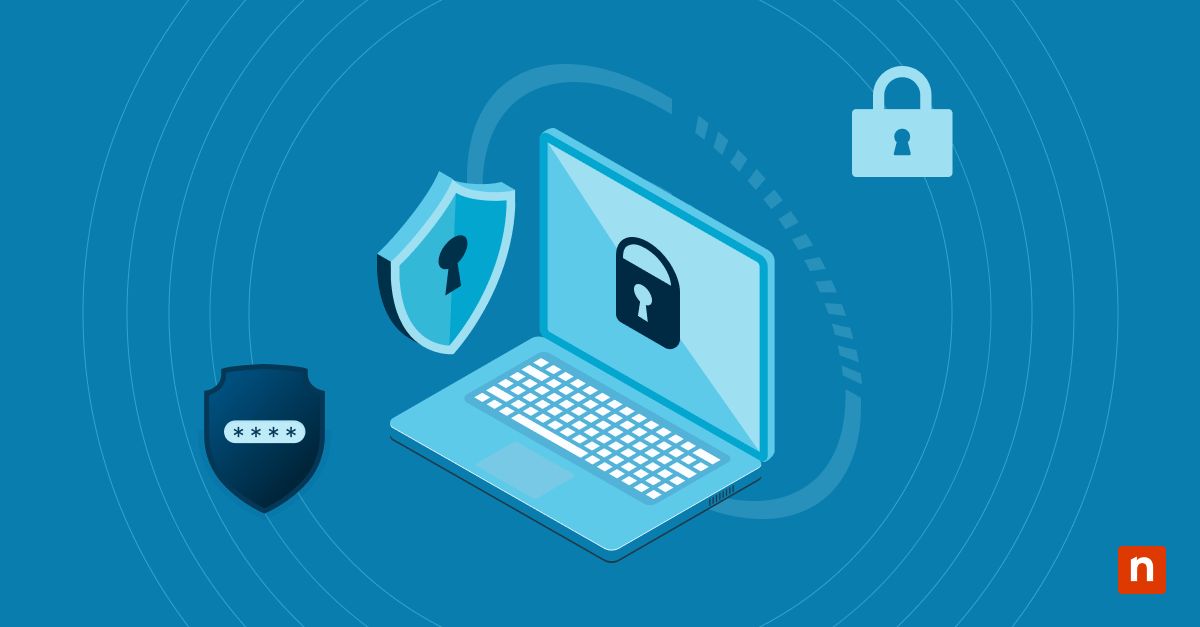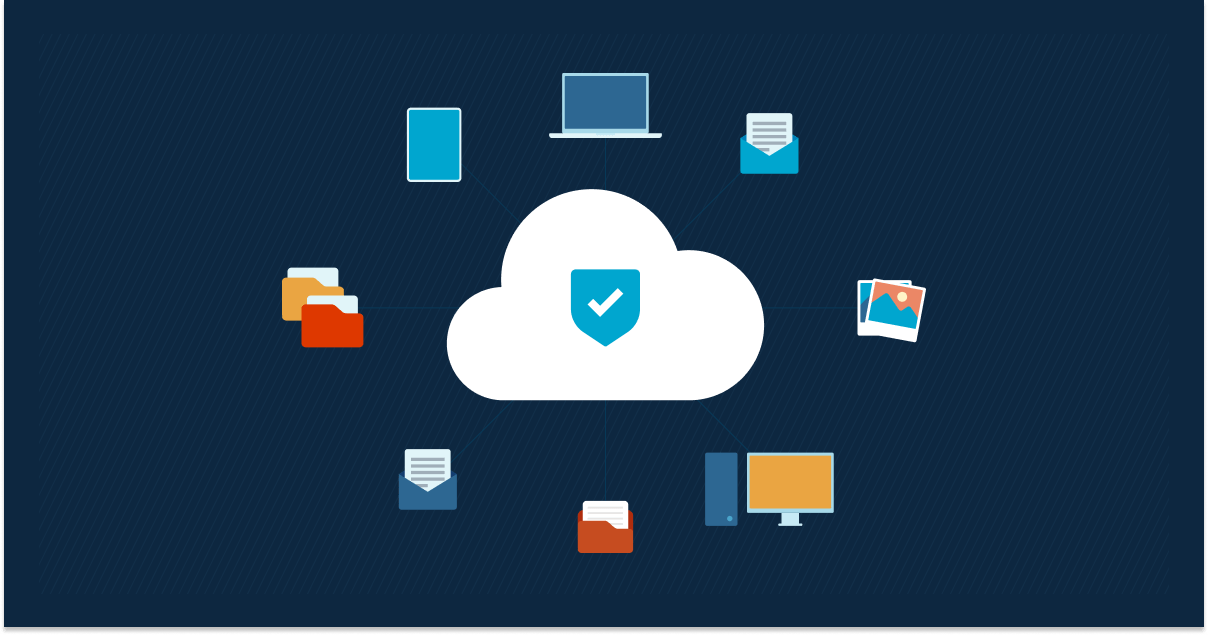The applications we rely on extend well beyond the core systems provided by our primary software vendors, as our technological infrastructure is often interlaced with third-party applications. While these tools bring immense functionality and convenience, they also come with their own set of vulnerabilities. Third-party application patching software is the unsung hero that ensures our external software tools remain secure, up-to-date, and optimized.
What are third-party applications?
Third-party applications are software programs developed by entities other than the original vendor of the operating system or the hardware where the application runs. Third-party applications can also refer to packages from vendors intended to augment your core system software, such as providing additionally hardened packages intended to protect production internet-facing servers against vulnerabilities.
The role third-party applications play in business/IT
These applications often provide specialized functionalities that native applications don’t offer. They can range from productivity tools to complex enterprise solutions, and their vulnerabilities can pose significant risks if not managed correctly. Additionally, many third-party patch management services exist explicitly to be better than the original vendor’s patching options.
Basics of third-party application patching
Third-party application patching refers to applying code changes to software applications from vendors other than the primary OS provider. These patches address vulnerabilities, bugs, or performance issues.
Third-party patching is an essential layer of expertise and responsiveness that can make the difference between system health and catastrophic failure. Unpatched third-party applications can serve as entry points for malware and cyber-attacks. The 2017 Equifax breach, which was due to an unpatched Apache Struts framework, is a cautionary tale of the risks involved in our increasing dependence on third-party libraries to extend the functionality of core system services.
Expanding attack surface
As organizations increasingly rely on a diverse set of software applications, the attack surface expands. Each piece of software can have vulnerabilities, whether it’s an operating system, a database, or a simple utility tool. These vulnerabilities are like open windows, inviting unauthorized access.
Timely response
Vendors of the original software may not always release patches promptly. Even when they do, the patches might not be immediately compatible with an organization’s specific configuration. Third-party patching services often provide quicker, more flexible solutions tailored to particular needs.
Specialized expertise
Third-party patching services often have specialized expertise in identifying and fixing vulnerabilities that may be overlooked by in-house IT teams or even the original vendors.
Probabilistic nature of cybersecurity
Cybersecurity is a field governed by probabilities. There’s no such thing as 100% security; it’s all about minimizing risk. Third-party patching services use advanced heuristics, statistical models, and machine learning algorithms to predict vulnerabilities and offer patches even before they are exploited, acting as a proactive shield.
Compliance and governance
Many industries have strict compliance requirements when it comes to software security. Third-party patching services often offer comprehensive reporting features that can help organizations meet these compliance requirements, serving as a shield and a record keeper.
Cost-effectiveness
While there’s a cost associated with third-party patching services, the financial burden of a data breach can be exponentially higher. Investing in third-party patching is like paying for an insurance policy; it’s a cost of doing business that buys peace of mind and financial security.
Unpatched software isn’t just a ticking time bomb – it’s a direct route to data breaches, compliance nightmares, and potential legal fallout. Managing multiple vendor patches adds complexity, but the lack of centralized solutions for third-party applications amplifies the risk.
8 steps toward better application patching
By following these steps, you’ll improve your application patching and fortify your overall cybersecurity posture.
- Inventory assessment: Create a comprehensive list of all computing hardware, network equipment, cloud infrastructure, and any software applications in use – including third-party software. Knowing what you have is the first step in understanding what needs patching. This is easily overlooked, so it’s an essential first step.
- Risk evaluation: Conduct IT risk management and prioritize applications based on their criticality to business operations and potential security risks. Not all software is created equal; some are more vulnerable or valuable than others.
- Patch testing: Before deploying any patch, test it in a controlled environment to ensure it doesn’t break existing functionalities or introduce new vulnerabilities.
- Automate with tools: Utilize patch management tools, like NinjaOne’s Patch Management Software, to verifiably automate the patching process, ensuring timely updates and reducing human error.
- Schedule and deploy: Establish a regular patching schedule that aligns with your business cycles to minimize disruptions. Deploy patches during off-peak hours, if possible.
- Monitor and audit: Continuously monitor the system for successful patch installations and perform regular audits to ensure compliance with industry regulations.
- Employee training: Educate staff on the importance of software updates and how to recognize signs of software vulnerabilities. A well-informed team is a first line of defense.
- Review and update: Periodically review your patch management strategy to adapt to new security challenges and technological advancements.
Benefits of automated third-party patching
Automated patching ensures that all applications are up-to-date, reducing the attack surface. Automation tools can simultaneously deploy patches across multiple systems, saving time and resources and simplifying security management for technical staff and MSPs. With the distributed nature of today’s enterprise-level organizations, managing the increasing complexity of patch deployment can soon become overwhelming.
Automated systems are less prone to errors and can apply patches during off-peak hours to reduce business impact. Eliminating the human error factor from this complex process as much as possible also ensures greater overall stability.
Implementing third-party patching: Best practices
Create a software application security patching plan
Creating a software application security patching plan is a cornerstone for effective cybersecurity. This plan should outline the procedures for vulnerability scanning, patch testing, and deployment, serving as a blueprint for your IT team. It should specify how often vulnerability assessments are conducted, the criteria for prioritizing patches, and the protocols for testing and rolling them out. This plan acts as a playbook, detailing each step of the patching process, from identification to implementation and even post-deployment monitoring. Having a well-defined patching plan ensures that your software security approach is systematic, consistent, and aligned with your organization’s broader security and compliance goals.
Set up a centralized patch management system
Setting up a centralized patch management system involves several key steps, each designed to streamline keeping your software environment secure and up-to-date. Here’s a guide on how to go about it:
- Needs assessment: Evaluate your organization’s specific requirements, including the types of software in use, compliance needs, and the scale of your IT infrastructure.
- Tool selection: Choose a patch management solution that fits your needs. Options include in-house solutions or third-party services like NinjaOne’s Patch Management Software.
- Inventory creation: Generate a comprehensive inventory of all software, applications, and systems the centralized patch management system will manage.
- Role assignment: Designate roles and responsibilities within your IT team for managing the patching process, including who will approve patches, who will deploy them, and who will monitor their impact.
- Policy development: Create a patch management policy that outlines how patches are prioritized, tested, and deployed. This should be aligned with your Software Application Security Patching Plan.
- Environment setup: Configure the patch management tool to align with your IT environment. This may involve setting up servers, databases, and network configurations to support the tool.
- Patch testing: Establish a testing environment that mimics your production environment as closely as possible. All patches should be tested here first to identify any issues before deployment.
- Automation configuration: Utilize the automation features of your patch management tool to schedule scans for new patches, prioritize them based on your policy, and deploy them automatically where possible.
- Deployment strategy: Decide on a deployment strategy, such as phased rollouts, immediate deployment for critical patches, or scheduled installations during off-peak hours.
- Monitoring and reporting: Set up monitoring to track the success or failure of patch deployments. Use the reporting features to generate compliance reports and performance metrics.
- Review and update: Periodically review the effectiveness of your centralized patch management system. Adjust policies, roles, and procedures as needed to adapt to new security challenges and technological advancements.
By following these steps, you’ll establish a centralized patch management system that enhances your cybersecurity posture and improves operational efficiency. It’s also worth mentioning that you should ensure that your patch management solution is compatible with the various third-party applications in your environment.
Ensure regular monitoring and reporting on patch status
Regular reports should be generated to track the status of patch deployments, vulnerabilities, and compliance levels. Any reputable automation tool will transparently log all the relevant patching process information and will work well with your monitoring solution should you have one.
Secure your software with automated third-party application patching
Third-party patch management software is critical in the high-stakes cybersecurity game. It’s not just about fixing bugs; it’s about fortifying your digital fortress against an ever-evolving landscape of threats. If you ignore it, you’re leaving the gates wide open for data breaches, compliance issues, and financial ruin.
The roadmap to a secure software ecosystem is clear: know your inventory, prioritize risks, test patches, and automate the process. Tools like NinjaOne’s Patch Management Software are your allies in this endeavor, offering verifiable, timely, and efficient patch deployment without the hassle.
Automated patching isn’t a luxury; it’s a necessity that offers peace of mind and a competitive edge. Embrace it, and you’ll secure your software and free up valuable resources to drive your business forward.








